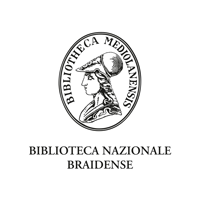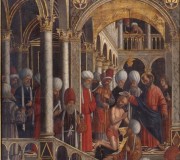



The history of the Pinacoteca
The Brera Gallery was officially established in 1809, even though a first heterogeneous collection with educational purpose existed already from 1776 – and then increased in the following years – alongside the Accademia di Belle Arti, requested by Mary Therese of Austria to offer the students the opportunity to study lofty masterpieces of art close up.
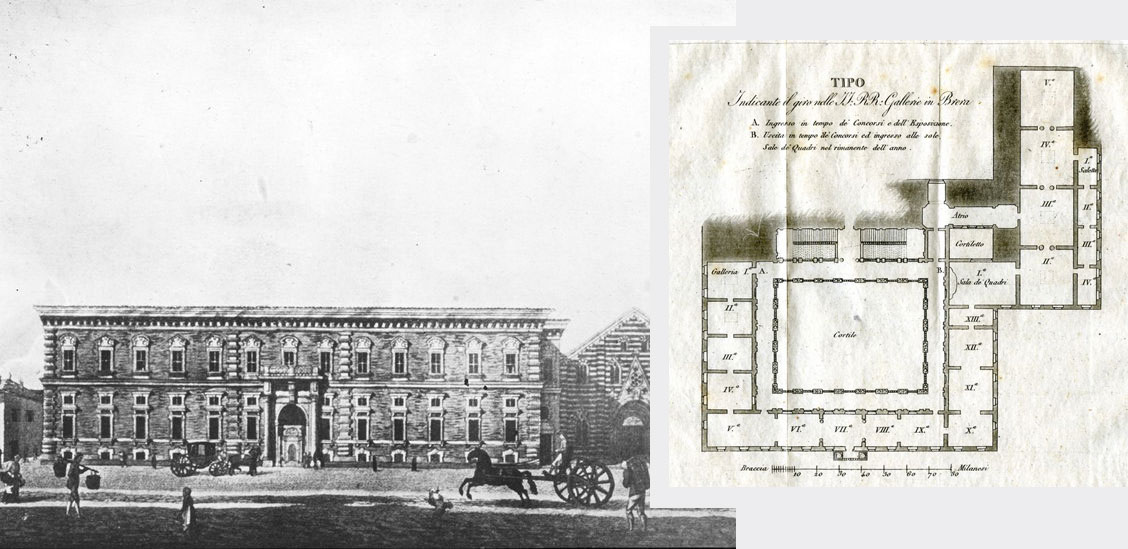
Brera become a museum to host the most important works of art from all of the areas conquered by the French armies. So unlike other important museums in Italy such as the Uffizi, Brera did not start out life as the private collection of a prince or nobleman but as the product of a deliberate policy decision.


Paintings confiscated from churches and convents throughout Lombardy with the religious orders’ dissolution began to pour into the museum in the early years of the 19th century, soon to be joined by artworks of similar provenance from other areas of the Kingdom of Italy. This explains why the collection comprises chiefly religious works, many of them large altarpieces, and accounts for Brera’s special aura on which later acquisitions have had only a minor impact.

Visit
The Collection Online/ 684 records


St. Stephen
Gerolamo da Santacroce (Gerolamo Galizzi)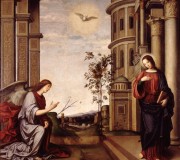
Annunciation
Il Francia (Francesco Raibolini)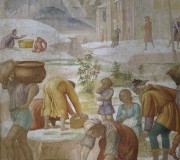
The Collection of Manna
Bernardino Luini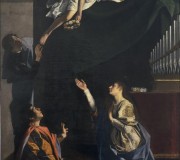
The Martyrs Cecilia, Valerian and Tiburtius
Orazio Gentileschi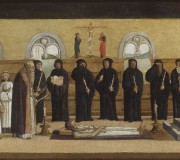
Death of St. Jerome
Lazzaro Bastiani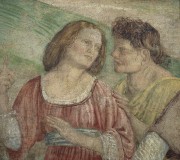
Young Couple
Bernardino Luini
Portrait of the Singer Giuditta Pasta in the Stage Costume of “Nina or the Girl Driven Mad by Love”
Giuseppe Molteni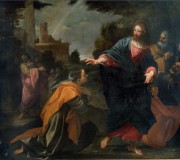
Christ and the Canaanite Woman
Ludovico Carracci
Self-Portrait with Other Figures
Annibale Carracci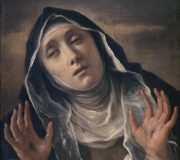
St. Catherine of Siena
Francesco Cairo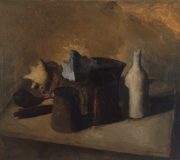
Still Life
Giorgio Morandi
Portrait of a Young Man
Tanzio da Varallo (Antonio d’Enrico)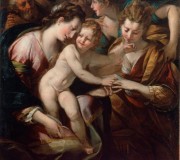
Mystic Marriage of St. Catherine
Giulio Cesare Procaccini
Portrait of a sculptor
Daniele Crespi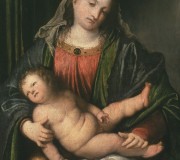
Madonna and Child
Romanino (Gerolamo Romani)
St. Charles in Glory
Giulio Cesare Procaccini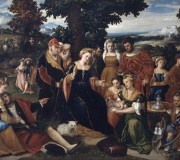
Moses Saved from the Waters
Bonifacio de' Pitati (Bonifacio Veronese)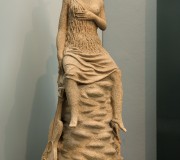
Bauci
Giacomo Manzù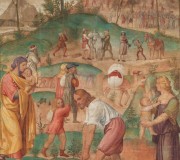
Preparation to Leave Egypt
Bernardino Luini
The Virgin Commending Saint Dominic to the Redeemer
Paris Bordon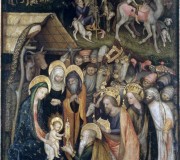
Adoration of the Magi
Stefano da Verona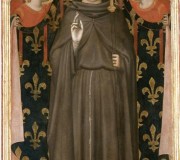
Saint Louis of Toulouse with Two Angels and a Donor
Master of San Martino alla Palma
The Rest (The Red Cart)
Giovanni Fattori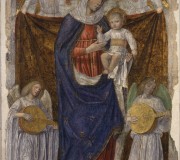
Madonna and Child with God the Father and Angels
Ambrogio da Fossano detto Bergognone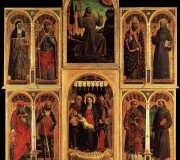
The Grazie Polyptych
Vincenzo Foppa
St. Francis with the Stigmata
Vincenzo Campi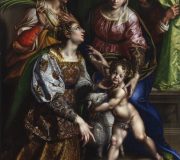
Madonna and Child with St. Joseph, St. Catherine and St. Agnes
Antonio Campi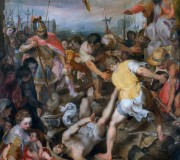
Martyrdom of St. Vitalis
Federico Barocci (Federico Fiori)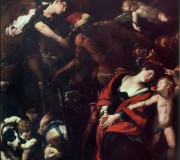
The Martyrdom of St. Rufina and St. Secunda (“The Painting by Three Artists”)
Giovan Battista Crespi detto il Cerano - Pier Francesco Mazzucchelli detto il Morazzone - Giulio Cesare Procaccini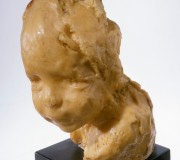
L’enfant juif
Medardo Rosso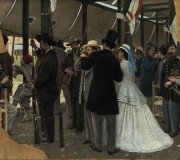
The Third National Shooting Competition in Florence
Giovanni Estienne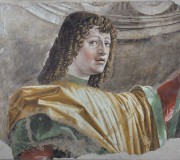
Man with Halberd
Donato Bramante (Donato di Pascuccio)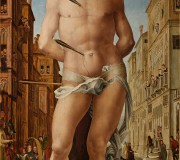
St. Sebastian
Liberale da Verona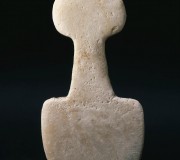
Idol, Kusura Type
Cycladic Art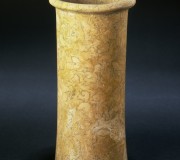
Cylinder Vessel with Distinct Rim
Art of the Early Dynastic period in Egypt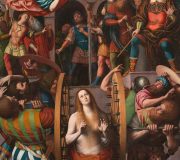
Martyrdom of Saint Catherine
Gaudenzio Ferrari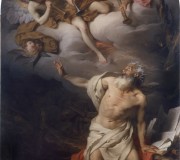
Vision of St. Jerome
Pierre Subleyras
Madonna and Child with St. Catherine, St.Ursula, St. George and the Patron, Theodoric of Chur
Simone da Corbetta
Snow in High Mountains
Emilio Longoni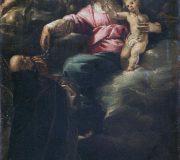
Madonna of the Rosary with the Christ Child, St. Dominic and two Angels
Morazzone (Pier Francesco Mazzucchelli)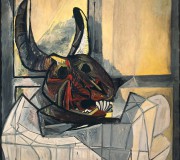
Head of a Bull
Pablo Picasso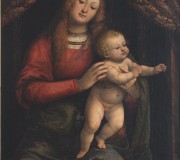
Madonna and Child
Gaudenzio Ferrari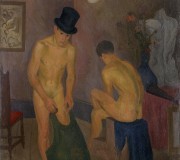
Models in the study
Mario Mafai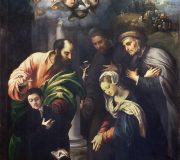
The Nativity with St. Matthias, St. Anthony of Padua, the Blessed Alberto da Bergamo and a Donor
Giulio Campi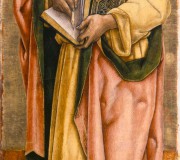
Saint John the Evangelist
Vittore Crivelli
Marine
Theo van Rysselberghe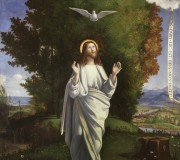
Transfiguration
Andrea Previtali called Cordeliaghi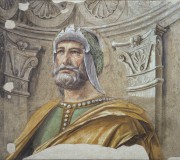
Man at Arms with Beard and Helmet (Uomo d’arme)
Donato Bramante (Donato di Pascuccio)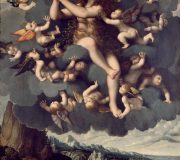
The Elevation of St. Mary Magdalene
Marco d'Oggiono
The Collection Online/ 684 records
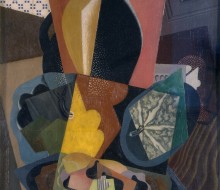
Still Life with Pumpkin
Gino Severini
Game with Hare
Candido Vitali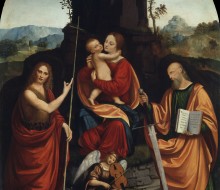
Madonna and Child with Saint John the Baptist, St. Paul and an Angel Musician
Anonymous Lombard Painter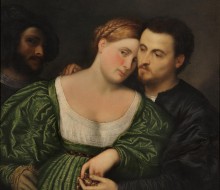
The Lovers
Paris Bordon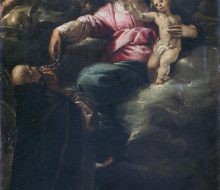
Madonna of the Rosary with the Christ Child, St. Dominic and two Angels
Morazzone (Pier Francesco Mazzucchelli)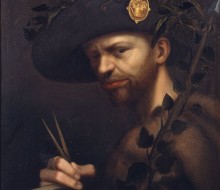
Self-Portrait as Abbot of the Accademia della Val di Blenio
Giovan Paolo Lomazzo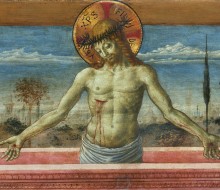
Christ the Man of Sorrows between the Virgin Mary and St. John the Evangelist
Benozzo Gozzoli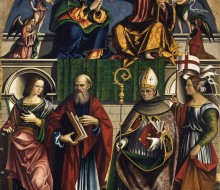
Coronation of the Virgin with St. Catherine of Alexandria, St. John the Evangelist, St. Bonaventure and St. Ursula
Vincenzo Pagani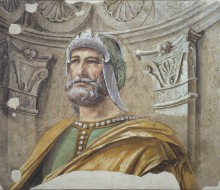
Man at Arms with Beard and Helmet (Uomo d’arme)
Donato Bramante (Donato di Pascuccio)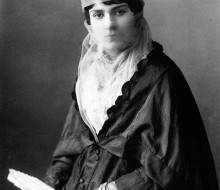
Ritratto di donna velata
Anonimo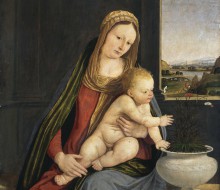
Madonna of the Carnations
Andrea Solario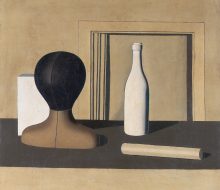
Still Life
Giorgio Morandi
Portrait of Lord Donounghmore
Sir Joshua Reynolds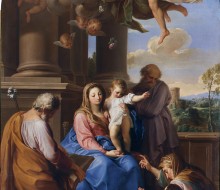
Madonna and Child with Saints Joseph, Zacharias and Elisabeth and the Infant Saint John
Pompeo Batoni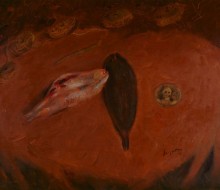
Still Life with Soles and Coin
Scipione (Gino Bonichi)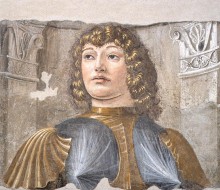
Man at Arms
Donato Bramante (Donato di Pascuccio)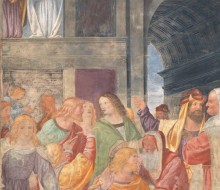
St. Joseph is Chosen as the Virgin’s Groom
Bernardino Luini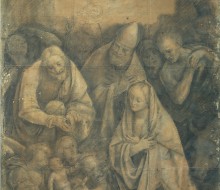
Adorazione del bambino
Bernardino Lanino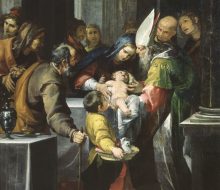
The Presentation in the Temple
Gioacchino Assereto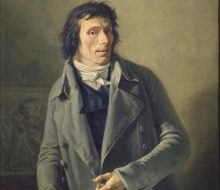
Self-Portrait
Domenico Aspari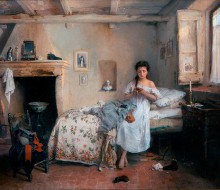
Doleful Premonition
Girolamo Induno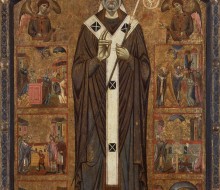
St. Veranus with Two Angels and Six Stories from the Saint’s Legend
Maestro di San Verano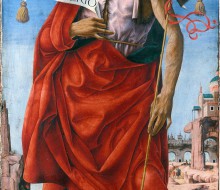
St. John the Baptist
Francesco del Cossa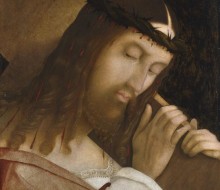
Christ Carrying the Cross
Bernardino Zaganelli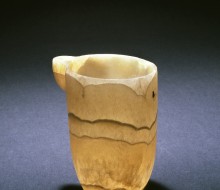
Vessel with Spout
Art of the Early Dynastic period in Egypt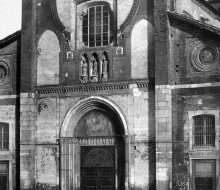
Chiesa di San Marco a Milano
Pompeo Pozzi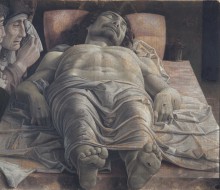
Lamentation over the Dead Christ
Andrea Mantegna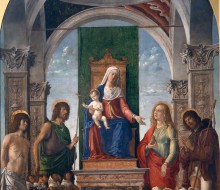
Madonna and Child Enthroned with St. Sebastian, St. John the Baptist, St. Mary Magdalen, St. Roch and Members of the Confraternity of San Giovanni Evangelista
Cima da Conegliano (Giovanni Battista Cima)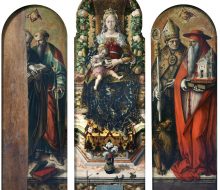
Madonna and Child with St. Peter and St. Paul, St. Ansovinus and St. Jerome (Madonna of the Candle)
Carlo Crivelli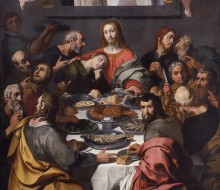
The Last Supper
Daniele Crespi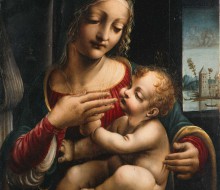
Madonna and Child
Francesco Napoletano (Francesco Galli)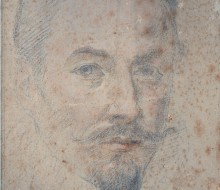
Self-Portrait
Giovanni Ambrogio Figino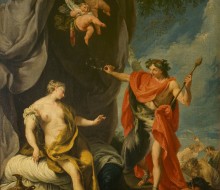
Bacchus and Ariadne
Giovan Battista Pittoni
Portrait of Bartolomeo Arese
Antonio Campi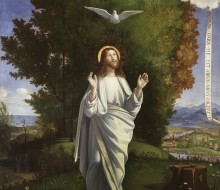
Transfiguration
Andrea Previtali called Cordeliaghi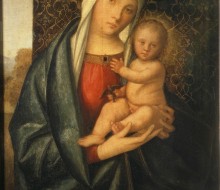
Madonna and Child with a Bird
Boccaccio Boccaccino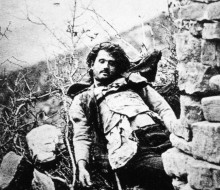
Giuseppe Nicola Summa detto “Ninco Nanco”
Anonimo (Alphonse Bernoud)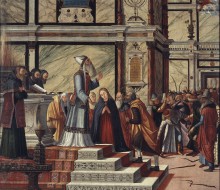
Marriage of the Virgin
Vittore Carpaccio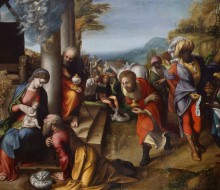
Adoration of the Magi
Correggio (Antonio Allegri)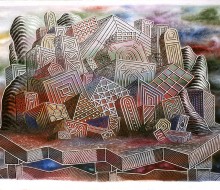
La cité des promesses
Alberto Savinio (Andrea de Chirico)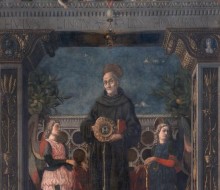
St Bernardino of Siena with Angels
Andrea Mantegna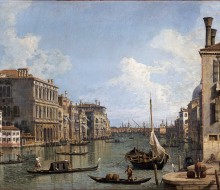
View of the Grand Canal towards the Punta della Dogana from Campo San Vio
Canaletto (Giovanni Antonio Canal)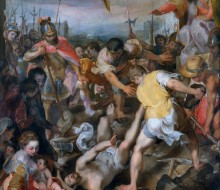
Martyrdom of St. Vitalis
Federico Barocci (Federico Fiori)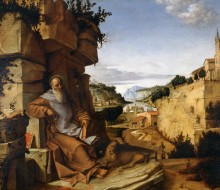
St. Jerome in the Desert
Montagna (Bartolomeo Cincani)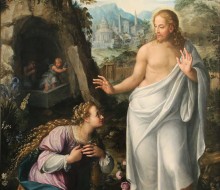
Noli me tangere
Fede Galizia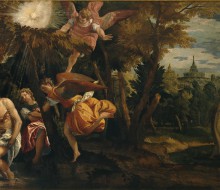
Baptism and Temptations of Christ
Veronese (Paolo Caliari)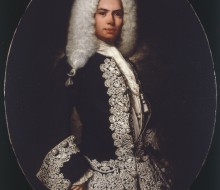
Portrait of Count Flaminio Tassi (?)
Fra' Galgario (Vittore Ghislandi)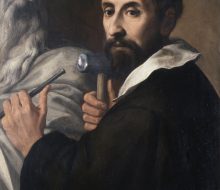
Portrait of a sculptor
Daniele Crespi
Watermelon and Liqueurs
Ardengo Soffici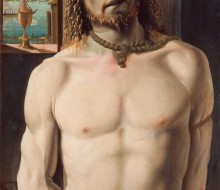
Christ Tied to the Column
Donato Bramante (Donato di Pascuccio)
